Jeollabuk-do-Designated Cultural Property Material
home > Culture & Tourism > Cultural Property > Jeollabuk-do-Designated Cultural Property Material
Gwirae Pavilion (Cultural Property Material No. 67)
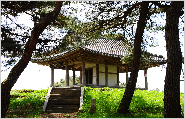
The pavilion was built by Sin Mal-Ju, a younger brother of Sin Suk-Ju during the early Joseon Dynasty. He gave up his position as Sejo removed King Danjong to become King and came down to the town. He built the Gwirae Pavilion, organized a Simnogye with scholars and spent the rest of his life enjoying poetry and wine.
Sunchang Hyanggyo Confucian School Shrine (Cultural Property Material No. 68)
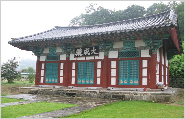
The shrine was repaired in 1560 (the 15th year of King Myeongjong’s reign) and it enshrines four saints from Chinese including Confucius, four sages of the Song Dynasty and 18 sages of the Nation of the East. Myeongryundang was the origin of 7 towns including Sunchang.
Horeomi Mountain Fortress (Cultural Property Material No. 70)
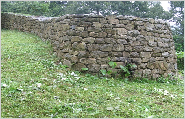
The 700 m long fortress surrounds a traditional temple built during the Baekje Dynasty at Baeksan-ri like a ship. The fortress had been used as a military storage during both the Goryeo Dynasty and early Joseon Dynasty.
Hammi Fortress (Cultural Property Material No. 71)
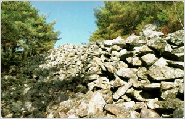
Built during the Baekje Dynasty, the fortress was repaired during the Japanese Invasion of Korea in 1592 to store military provisions. The southern fortress remains intact.
Nakdeok Pavilion (Cultural Property Material No. 72)
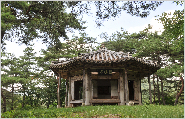
Kim In-Hoo resigned at the occurrence of the 1545 purge of scholars and taught students while retiring to hermitage. The first Chief Justice Gain Kim Byeong-Ro studied here during his childhood.
Guam Pavilion (Cultural Property Material No. 131)
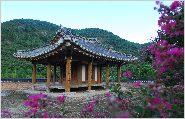
The pavilion was built to commemorate the great erudition and virtue of Guam Yang Bae, a scholar of the Joseon Dynasty.
Eoeun Pavilion (Cultural Property Material No. 132)
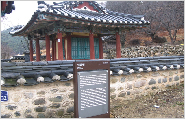
The pavilion was named after Eoeun Yang Sa-Hyeong as he built it on a riverside in 1567.
Younggwang Pavilion (Cultural Property Material No. 134)
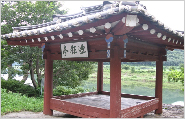
Geumong Kim Won-Jung gathered 8 friends and fought against Japan as he deliberately pretended as a mad man when the annexation treaty between Korean and Japan was signed in 1910.
Monument of Mrs. Lee’s Fidelity, Wife of Yang Su-Saeng (Cultural Property Material No. 172)
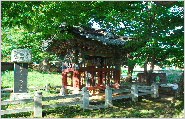
The monument built in 1467 to commemorate the fidelity of Mrs. Lee, wife of Yang Su-Saeng, who served Jikjehak during the Goryeo Dynasty.
Seoksan-ri Seated Statue of Buddha (Cultural Property Material No. 184)
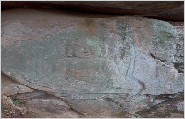
Buddha’s image is engraved in relief on a 2.7m tall rock. On top of its head is a huge rock and its overall image is very clear.
COPYRIGHT ⓒ SUNCHANG COUNTY. All Rights Reserved.



